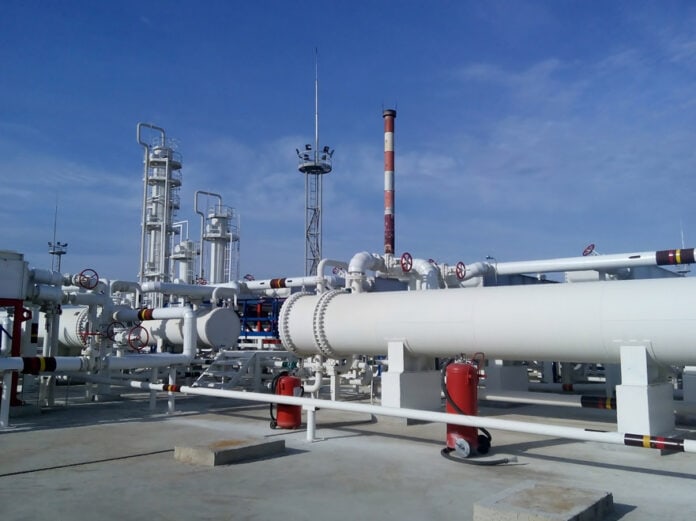A turnaround in the oil and gas industry refers to a scheduled event in the operational life of refineries, chemical plants, or gas processing facilities, where the entire unit or selected sections are temporarily shut down for maintenance, inspection, and repair activities. It typically occurs every few years and can last from several days to several weeks.
It may involve activities such as equipment cleaning, repairing, or replacing; catalyst change-outs; internal inspections; and debottlenecking, which is the process of identifying and resolving production constraints.
Due to the temporary loss of production, turnarounds are often strategically scheduled during periods of lower demand or when there is an availability of alternative production sources to minimize financial and market impacts.
What is the Difference Between Turnaround and Shutdown?
While these terms are sometimes used interchangeably, they have distinct meanings and serve different purposes.
Turnaround is a planned, periodic stoppage of production, during which various maintenance, repair, inspection, and testing activities are performed on equipment and facilities to minimize unplanned downtime, assure operational efficiency, and maintain regulatory compliance.
Shutdown, on the other hand, is the complete cessation of operations in a specific section or the entire plant due to an emergency situation, economic reasons, or other external factors.
Shutdowns can be further categorized into two types: planned and unplanned.
A planned shutdown is a scheduled event that occurs when a refinery or process unit needs to be taken offline for a predetermined period to perform essential maintenance, repairs, or modifications.
An unplanned shutdown occurs when an unexpected event, such as equipment failure, natural disaster, or safety hazard, forces the immediate stoppage of production to ensure the safety of personnel and prevent environmental or asset damage.
Such emergency shutdowns can result in significant financial and operational consequences for the plant, as they come without warning and may involve significant recovery efforts.
Related: What is Pipeline Pigging?
Why Turnarounds are Performed?
Safety
The primary objective of a turnaround is to ensure the safety of personnel, infrastructure, and the environment. Regular maintenance and inspection help identify and correct potential hazards or issues in the processing units, such as corrosion, leaks, and mechanical failures.
Regulatory Compliance
Turnarounds are necessary to comply with regulations and standards governing the oil and gas industry.
Periodic inspections are required to meet standards set by safety and environmental organizations, ensuring that the units operate within safe and acceptable limits.
Reliability and Efficiency
Turnarounds are crucial to maintaining the reliability and efficiency of oil and gas processing units.
When distillation units or compressors, for example, operate continuously and deteriorate over time due to usage and environmental factors, they must be serviced to maintain productivity or improve process efficiency.
Help to Reduce Longterm Costs
Turnarounds help to prolong the life of the equipment and facilities. Scheduling regular turnarounds helps maintain the units in good working condition and minimize unscheduled downtime, which results in reduced costs and increased profitability.
Related: Why Are Gas Prices So High?
How to Perform a Successful Turnaround?
1. Planning
Thorough planning is a critical step for a successful turnaround. Developing a comprehensive plan that includes scope identification, tasks, schedule, budget, and execution strategy is essential.
A detailed plan helps monitor the progress of activities, estimate costs, identify potential risks, and solve issues that may arise during the turnaround process.
2. Communication
Effective communication is vital to ensure coordination between departments, vendors, contractors, and regulatory bodies.
Sharing information on the schedules, budgets, and expectations helps maintain transparency and collaboration throughout the turnaround event.
3. Resource Management
Selecting and allocating the right resources is essential to support a smooth turnaround process.
A skilled workforce, including engineers, technicians, safety professionals, and suppliers, is necessary to perform maintenance, inspection, and repair tasks.
4. Safety Management
It is vital to prioritize safety to prevent incidents that may jeopardize personnel or assets during a turnaround.
Implementing robust safety measures, adhering to corporate safety policies and procedures, and providing safety orientations and briefings to workers will help maintain a safe working environment.
5. Assessment
After the turnaround, companies should assess the turnaround process and identify areas for improvement.
Read next: Oil and Gas Industry Overview: Upstream, Midstream, and Downstream
